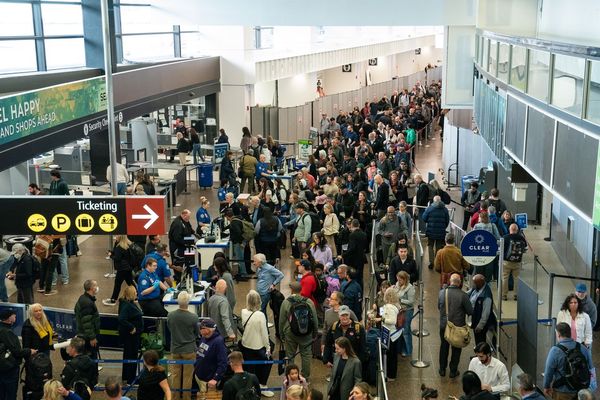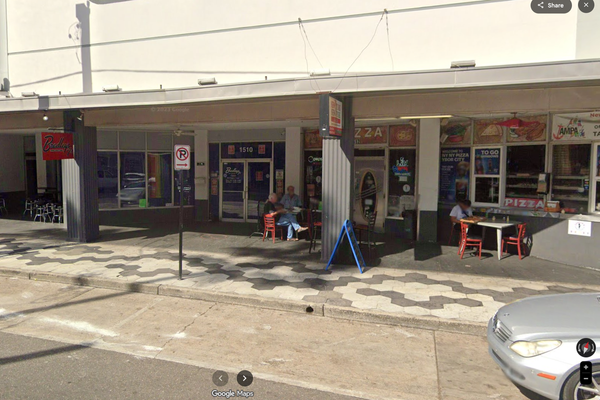Supermarkets are meticulously designed environments, engineered to maximize sales. While all shoppers are subject to their influence, certain retail strategies seem to specifically benefit the spontaneous, impulse buyer. Conversely, these same tactics can sometimes frustrate or offer fewer advantages to the diligent, list-driven planner. It can feel like the store’s layout and promotions are set up to reward in-the-moment decisions over careful foresight. While not an intentional effort to “punish,” the effect is often the same. Here are six common supermarket strategies that tend to reward impulse shoppers more than planners.

1. Heavy Reliance on Eye-Catching End Cap Displays
End caps are the displays at the end of each aisle. They are prime marketing real estate. Retailers fill them with new, seasonal, or high-margin items designed to grab your attention as you navigate the store. A planner with a list might walk right past them. However, an impulse buyer is highly susceptible to these “power displays.” They might see a colorful display of new chips and soda and add them to their cart, a purchase they never intended to make. The store is rewarded for this unplanned purchase.
2. Placing High-Margin “Grab-and-Go” Items at the Front
The front of the store, near the entrance, is often dedicated to convenience. You’ll find pre-made sandwiches, expensive bottled drinks, sushi, and single-serving snacks. These items are designed for shoppers making a quick trip or those looking for an immediate meal. Planners who have already accounted for their meals are less likely to buy these. Impulse buyers, however, might easily be tempted by the convenience, paying a significant premium for it. This strategy directly targets and rewards spontaneous purchasing.
3. Frequent “Limited Time Only” Flash Sales
A planner bases their shopping list on a weekly ad. A “flash sale” announced mid-week for only one or two days disrupts this plan. These unannounced, limited-time deals on specific items create urgency and drive immediate, unplanned store visits. Impulse buyers are more likely to jump on these deals, feeling the thrill of a spontaneous bargain. Planners might miss out because the sale doesn’t align with their scheduled shopping trip, disadvantaging their careful foresight.
4. Complex Loyalty Deals Requiring In-the-Moment Calculation
Some loyalty program deals can be complex. For example, “Buy 5 participating items, save $5 instantly.” A planner might not have five of those specific items on their list. An impulse buyer, however, might be tempted to browse the participating products and add five to their cart on the spot just to get the deal, even if they don’t need all the items. The promotion rewards the flexible, in-the-moment decision maker over the strict list-follower.
5. The Psychology of Abundance in the Produce Section

Vast, beautifully stacked pyramids of fruits and vegetables create a feeling of abundance and freshness. This can encourage shoppers to buy more produce than they need, leading to food waste. A planner with a list might need “one onion,” but faced with a huge bin, they might grab a whole bag. An impulse buyer is even more susceptible, drawn in by the visual appeal without a specific plan for using the extra produce.
6. Tempting Checkout Aisle Layouts
The checkout lane is the final gauntlet, designed explicitly to reward impulse behavior. It’s stocked with candy, gum, magazines, and cold drinks. Planners who have stuck to their lists are now tired and may let their guard down. Impulse buyers see this as a last chance for a treat. The placement is a direct reward for spontaneous, last-minute decisions and offers no strategic value to a planner who has already completed their list.
Navigating a Store Built for Impulse
The modern supermarket environment skews towards encouraging and rewarding impulse purchases. The most prominent displays, convenient items, and urgent sales are all designed to capture the attention of the spontaneous shopper. This can often leave meticulous planners feeling like they are swimming against the current, constantly having to ignore the store’s powerful merchandising signals. Planners can succeed by maintaining their discipline, while impulse shoppers can benefit from understanding the tactics designed to influence them, perhaps by adopting the planner’s most powerful tool: a well-made list.
Do you consider yourself more of a “planner” or an “impulse buyer” at the grocery store? Which of these store strategies do you find most difficult to resist? Share your shopping style!
Read More
Impulse Buyer Alert: 10 Behaviors of Someone Who Can’t Control Their Spending
6 Reasons Shoppers Are Falling Out of Love With Target
The post 6 Supermarket Strategies That Reward Impulse Buyers (And Punish Planners) appeared first on Grocery Coupon Guide.







